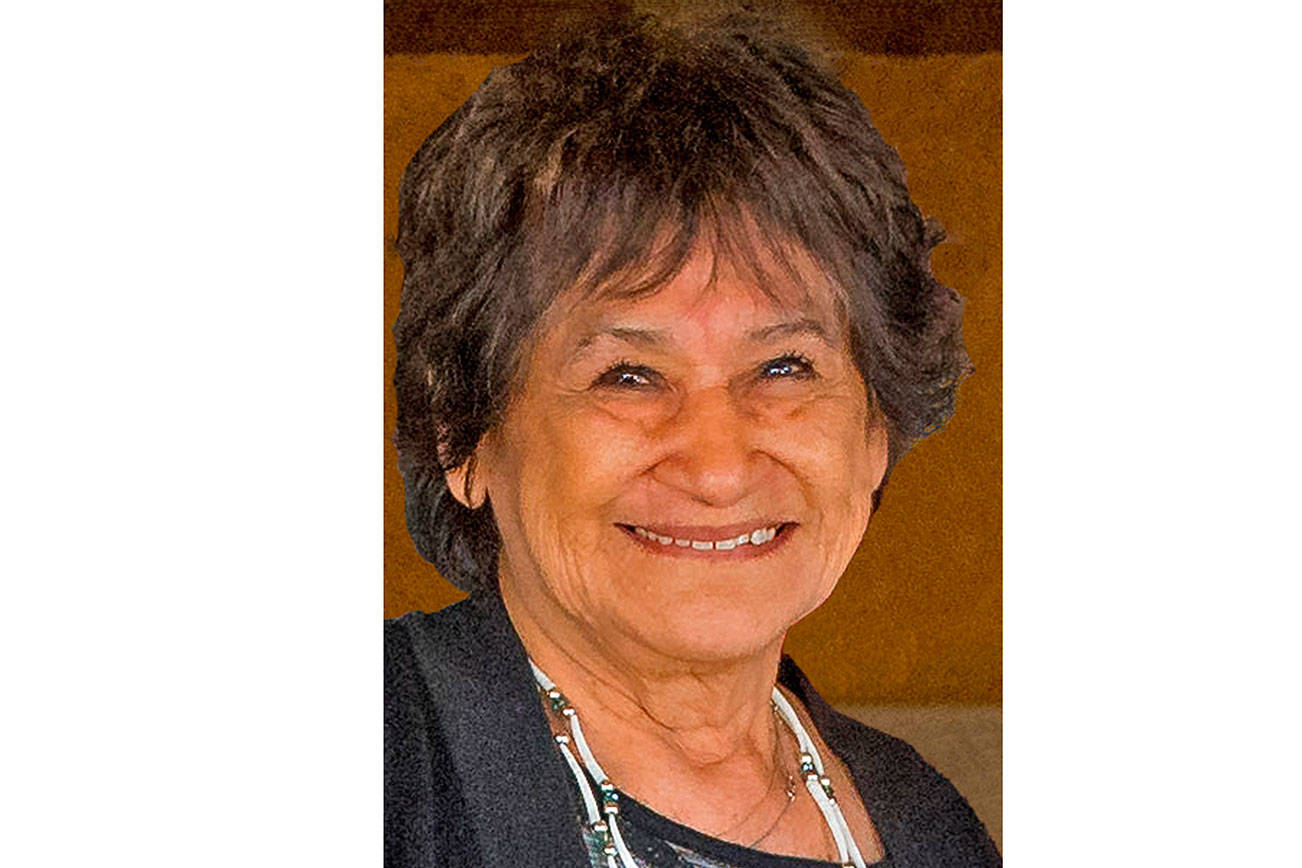It is time for Seattle City Light to address the damage its three hydroelectric dams have caused over the past 100 years to the Skagit River, the tribes who have always lived here and their treaty-reserved fishing rights.
The utility has begun the process of re-licensing the Skagit River Hydroelectric Project for 30-50 more years. A coalition of tribes, state and federal agencies, environmental groups and others have joined the Swinomish, Sauk-Suiattle and Upper Skagit tribes in demanding that Seattle City Light study the impact the dams have had on fish passage.
The Gorge, Diablo and Ross dams were constructed from the 1920s to the 1950s and provide about 20 percent of Seattle’s electricity while blocking 40 percent of the Skagit River. The dams also disrupt the river’s natural functions by choking off downriver transport of spawning gravel and woody debris that helps create diverse salmon habitat.
Not surprisingly, salmon, steelhead and bull trout populations in the Skagit River have declined despite some being listed as threatened under the federal Endangered Species Act. The decline of summer and fall chinook are especially worrisome because they are the most abundant and healthiest naturally spawning chinook in Puget Sound. Chinook are also the preferred food of endangered southern resident orcas.
Seattle City Light claims that the dams were built above natural barriers that prevented fish passage upstream, but that’s not the case, especially with the Gorge Dam, according to the Upper Skagit Tribe.
The dam’s reservoir provides no flood storage. It de-waters a nearly three-quarter mile reach of the Skagit River — referred to as the Gorge bypass reach — cutting salmon off from miles of spawning and rearing habitat. The Upper Skagit Tribe calls the area its Spirit Valley.
For many years Seattle City Light has relied on one historical account as its basis for claiming that salmon were never able to reach the upper Skagit watershed. But the Upper Skagit Tribe has documented steelhead and coho fry in the Gorge Dam bypass.
The Upper Skagit Tribe says that all options — including removal of the Gorge Dam — should be on the table as Seattle City Light seeks to re-license the project.
Upper Skagit tribal member Janelle Schuyler has started a petition on Change.org: Return the Sacred Skagit, Remove the Gorge Dam which currently has nearly 50,000 signatures encouraging Seattle to begin the Gorge Dam removal assessment study.
Besides improving fish access to habitat, removing the dam would improve the river’s water quality and ecosystem. The remaining two dams would still meet Seattle’s electricity needs.
After months of foot-dragging and denial of the dams’ impacts, Seattle City Light yielded recently to public, political and media pressure and agreed to re-water the Gorge bypass reach but did not provide details. The utility also agreed to conduct 33 studies to address water quality and flow, fish habitat, cultural protection, wildlife and other issues.
It further plans to establish a $2.5 million initial investment and provide $500,000 annually to benefit ESA-listed species in the watershed that would be overseen by a board that includes tribal, state and federal representatives.
We don’t know how the hydroelectric project re-licensing process will play out, but we’re encouraged that Seattle City Light — one of the nation’s largest publicly owned utilities — may be beginning to see the light when it comes to the true costs of Seattle’s progress. That progress has been paid by the Skagit River, its people and natural resources for the past 100 years.
Lorraine Loomis is chair of the Northwest Indian Fisheries Commission. See nwifc.org.



